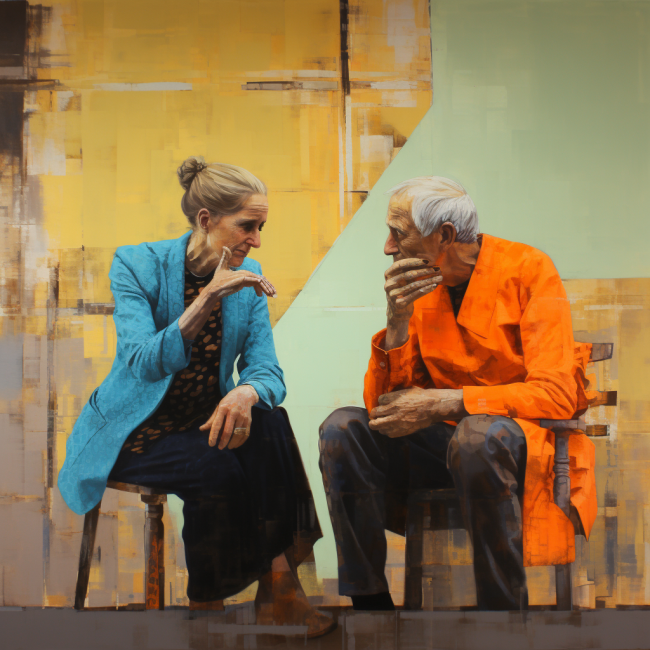
- Conversation, in the style of Sławek Gruca
(All images in this post are by Midjourney AI; my own prompts. To view any of these images in a larger size, right click on the image to ‘open image in a new tab’, and then CMD-+ or CTRL-+ to enlarge it)
Midjourney AI and its cousins, which produce images in many styles based on a simple language prompt, have been a boon for those, like me, looking to illustrate their blog posts and other written materials without having to worry about IP laws.
But up until now I have said that the images these tools produce are not ‘real’ art: They are not imbued with a true human artist’s sensibilities about light and colour and nuance, nor a true artist’s imagination, or capacity to translate ideas, thoughts and feelings into visual representations. In short, I think true art is that which expresses something profound and resonant about the world and those who live in it, and did not believe any AI tool, no matter how deep its dataset or how sophisticated its algorithm, could ever meet that standard.
But now I think I might have been wrong about that.
In learning how to use this tool, I have studied the prompts used by hundreds of users to see how effective they are in achieving the prompters’ apparent goals. I have also used two of Midjourney’s auxiliary tools, one of which ‘analyzes’ a user-provided image, providing the prompt that it would have used to produce that image; this provides considerable insight into how Midjourney parses prompts when it creates images. The other tool dissects users’ prompts, revealing which words in the prompt the tool uses most to create the image, which words it uses as context for the image, and which words it ignores completely, either because the prompt was too long for it to be able to incorporate everything (in which case everything in the prompt after a certain point is disregarded), or because those words didn’t ‘make sense’ to the tool (eg misspellings, names of styles or artists it doesn’t recognize, contradictions, redundancies etc).
With a little study, you can kind of figure out how the tool does what it does, and what it can and cannot do, and what it does and does not do competently. My most important insights:
- Some of the best prompts are the shortest. They leave room for ambiguous interpretation, which can produce serendipitously unexpected and interesting results. The tool is poor at layout — if you specify a whole bunch of subjects you want, and how you want them positioned or related, the tool will invariably disappoint.
- Providing a ‘style’ for the tool to use in the prompt is sometimes actually more important than describing the content. That’s true at least if you’re looking for a result that captures your attention, and ‘surprises’, rather than material for a commercial or poster, where you’re wedded to particular content. The tool’s dataset and algorithm allow it to track a huge number of patterns, so if you specify a particular style or artist you want the image to be based on, you are likely to see a subject that is consistent with what images in that style or by that artist are frequently about — even if you specify no subject or content at all.
- Asking the tool to use a certain artist’s style to produce an image that that particular artist has never tried to portray, can produce fascinating results. The tool then has to look at other qualities of the artist’s work (use of line, shading, colour etc), and combine them with other artists’ representations of that subject, to respond to your prompt. Magic often happens at intersections.
So I decided to experiment with short prompts inviting the tool to depict a broad theme — two people in conversation — using the styles of several artists I admire who, to the best of my knowledge, have never produced any work on this particular theme.
I was blown away by the results. This post presents the images Midjourney produced for five such artists. For the first time, this tool has created works that I would be happy to frame and hang on my walls. Here’s what I did:
My prompt for the top image above was extremely short and simple: “painting of two people in conversation, in the style of Sławek Gruca”.
As you can see if you click on his name below the image above, this contemporary Polish artist (born 1971) uses primarily oil pastels as his medium, and uses symbolism in much of his art. His faces are often dark and brooding, with absurdist and allegorical elements.
I laughed when I first saw the image above. Indeed, the eyes, noses and hands have Sławek’s darkness and angularity, but there is so much more here. The body language, the faces full of a mix of wisdom and quiet resignation, the man’s hunched posture, the use of vibrant colours. These people are real — I want to meet them, listen to what they are saying, hear their story. And it doesn’t matter that everyone looking at this image will ‘see’ and ‘hear’ a different story being depicted — I think most people will conjure up some story to extract meaning from this picture. And that, IMO, is what makes it ‘real’ art. It is telling us something; ‘moving us’ in some way.
I can’t stop looking at it.
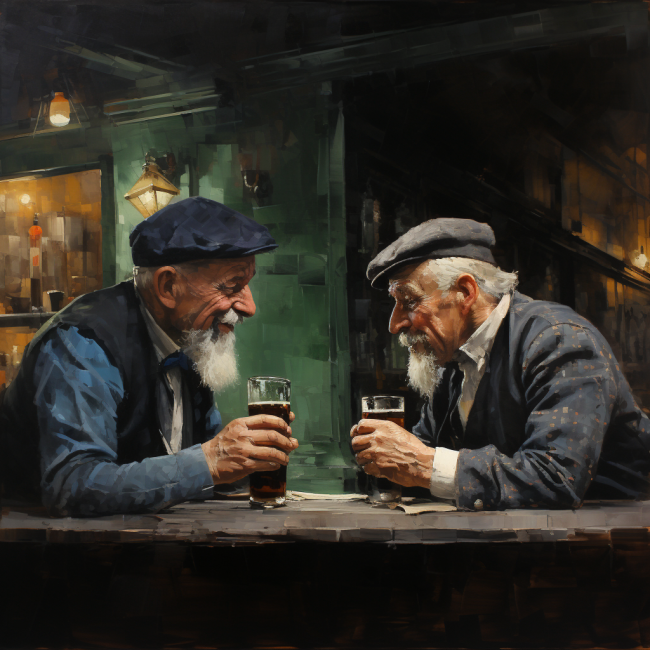
2. Conversation, in the style of Alexandr Averin
So next, I tried basically the same prompt, except this time using the style of Russian impressionist Alexandr Averin (born 1952), known for depicting children and women in bright sunlit scenes that are romantic and perhaps a bit nostalgic (see link above for some samples of his work). So I deliberately replaced the word ‘people’ with the phrase ‘old friends’ in the prompt, and moved the setting to the (presumably darker) inside of an Irish pub.
The result, above, absolutely transported me.
The expressions on these faces! These seem to be people who know and trust each other with a level of intimacy that is rare these days. Almost nostalgic? The genuineness, the attentiveness, the curiosity, the openness — this is a relationship that transcends the transactional nature of so many self-preoccupied modern friendships. These are friends who actually listen to and think about what the other is saying. You can see, in the face of the man on the right, a patient hesitancy — he is looking for just the right words to express what he means. There is space for silence in this conversation.
I just want to eavesdrop, to sit quietly nearby and listen and pay attention to what they are saying and how they are saying it and how they relate to each other. I want to walk back to their homes with them and meet their families and their dogs and cats and discover how they live. This, to me, is what art gifts to us — this sense of discovery, this seeing and feeling the world in a different way from the way our conditioned minds, trapped in their ‘default mode’, usually see and feel.
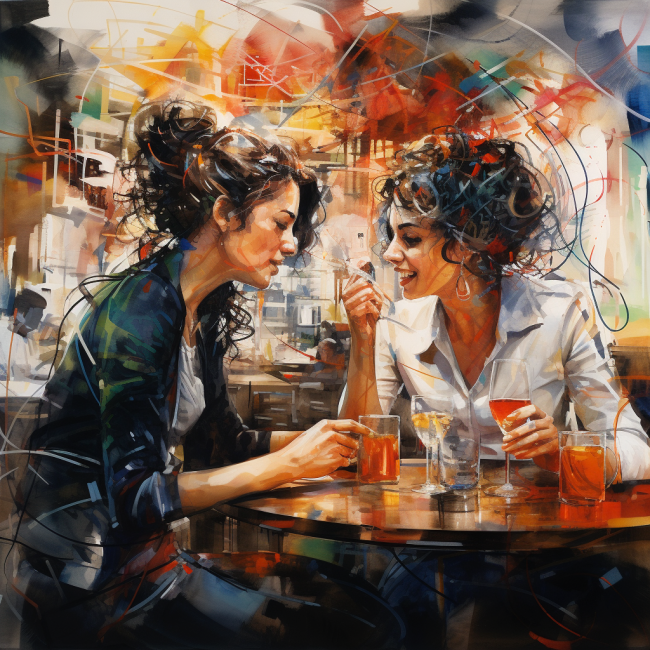
3. Conversation, in the style of Julie Mehretu
Next I wanted to see what Midjourney would do with an abstract artist, and I love what Julie Mehretu does with colour (click on the link above to see examples of her work), so I repeated the prompt, but this time specified “two women” and moved the venue to a “Spanish tapas bar”. Could Midjourney teach me a bit about how women relate to each other differently than men do, as represented in their conversations?
Julie is an Ethiopian-American, born in 1970. Her work, in paint, ink and other media, often features geometric blocks of colour from which radiate lines with a somewhat map-like precision and complexity, but which don’t actually ‘go’ anywhere. To my knowledge she has never attempted ‘realistic’ portraiture, so I wondered whether my prompt would result in an abstract ‘representation’ of a conversation ‘going nowhere’. Instead, I was transported into another intimate moment, embellished with line and colour, between two women who seem to have a similar-but-different deep rapport to that of the men in the Irish bar conversation.
Again, I immediately had a sense of wanting to know these two women, to listen in, to hear their story. Are they talking (as so many men assume most conversations between women are) about their relationships with men? (The woman on the left seems to show the expression of frustration and resignation of many women about their relationships with men, and with friends and family members, and with their work.) Or are these women lovers — the animated woman on the right is looking at the other woman’s mouth, rather than her eyes?
The sheer expressiveness of this image, and the way in which the Julie Mehretu-style lines seem to be furiously, stormily seeking what direction to follow next, as if as a clue to the subject of the conversation, are enchanting to me. Again, to me this is real art, and I could look at it for hours, seeing new things each moment, relating to it, learning from it.
One of the reasons I have been studying Midjourney is that I’ve been thinking about writing a book consisting of a set of ten interrelated short stories, and was wondering whether I could use Midjourney to illustrate them. This experience has turned that thought on its head — perhaps I should instead use images produced by well-constructed Midjourney prompts, to ‘prompt’ the writing of short stories based on these images’ ‘characters’ and the stories they evoke? (And I promise, if I do that, I won’t use ChatGPT to write the stories.)

4. Conversation, in the style of Agnes Cecile
The work of self-taught Italian watercolourist Agnes Cecile (born 1991; click on the link above to see examples of her work) frequently features a blending of haunting portraits of grief and brightly coloured natural elements. (She also shows her artistic process by means of sped-up videos as she paints and draws, which include some continuous-line art, and which are just marvellous to watch.) So just to mix (and lighten) things up, I added the adjective ‘enjoyable’ to this fourth prompt, and moved the venue to a French terrasse.
I was surprised that Midjourney’s take on how this most extraordinary artist would portray a conversation, was probably the most ordinary-looking image of all the ones I tried. I think it’s clever and beautiful, but it doesn’t IMO grab you the way the previous three did. Still, the ‘technique’ is remarkable, as is the choice of colours. And there is a ‘story’ being told there, another ambiguous in-the-eyes-of-the-beholder story. Chemistry but a little reticence between these two; the conversants don’t yet have the mutual trust of those in the previous images. And perhaps, given the times we live in, they never will?

5. Conversations, in the style of Katherine Stone
The final artist I drew upon is a Canadian painter and tattoo artist, Katherine Stone (born 1986; click on the link above to see examples of her work), who lives in Duncan BC, not far from me. Her style draws on several past-centuries painting styles, giving her work a kind of dreamy, timeless look. Yet it’s completely unsentimental.
Almost all of her portraits are of people by themselves, with their lips closed. So I went back to the basic prompt, with no adjectives to describe the conversation and no designated setting. I wanted to see whether Midjourney would depict conversations in Katherine’s style, unsentimentally.
And did it ever! I couldn’t pick between the four images proffered by my prompt, so I’ve shown them all above. (Again, right click, open in a new tab, and use your system’s shortcut keys to enlarge, to see the details in each image.)
Notice the lack of eye contact! They are looking ostensibly in the other’s direction, but looking past rather than at them. My first reaction was one of astonished laughter, but then looking closer I realized the powerful non-verbal messages about modern communication that these images convey. The facial expressions, the placement of their hands and arms — what a glorious indictment of our inarticulateness, our incapacity to ‘meet’ each other. These are portraits of desperate, infinite pain. Each of these tells a slightly different story, but together they capture our modern culture’s loneliness, awkwardness and disconnection in a way that words never could.
So bravo! Midjourney for surprising me. Thank you for helping me think, and feel, and see, differently from the way I usually do. You are indeed, I think, an artist, at least when you get a little gentle and precise prompting, and a lot of inspirational help from some great human artists. As a mere story-teller with words, I am humbled.
Thanks to Kelly for providing an artist’s eye, and other insights, as I put together this post.

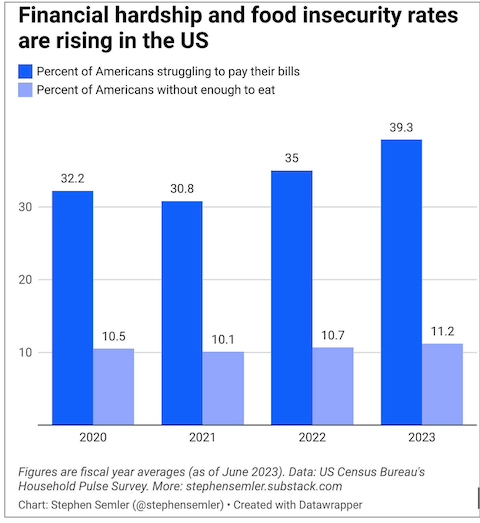

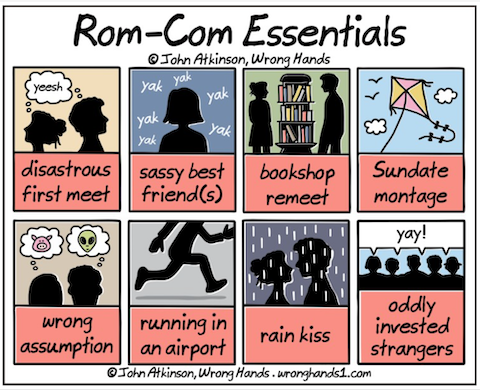

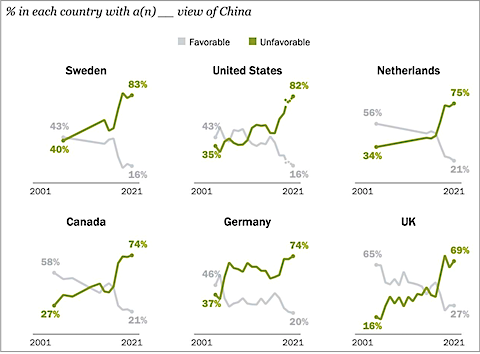
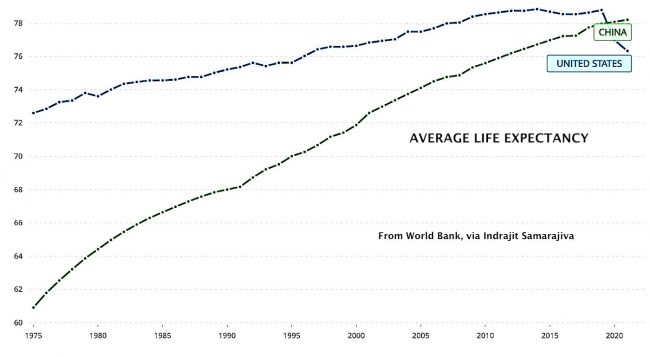

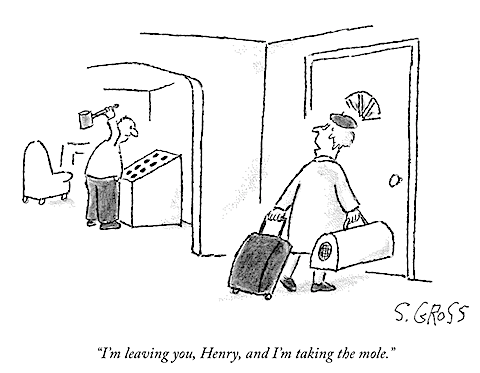

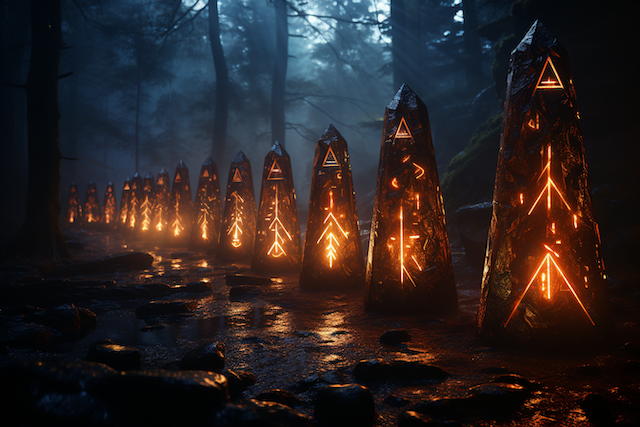

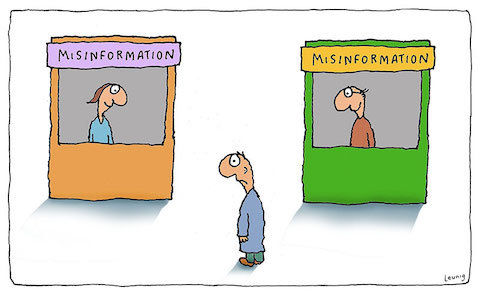

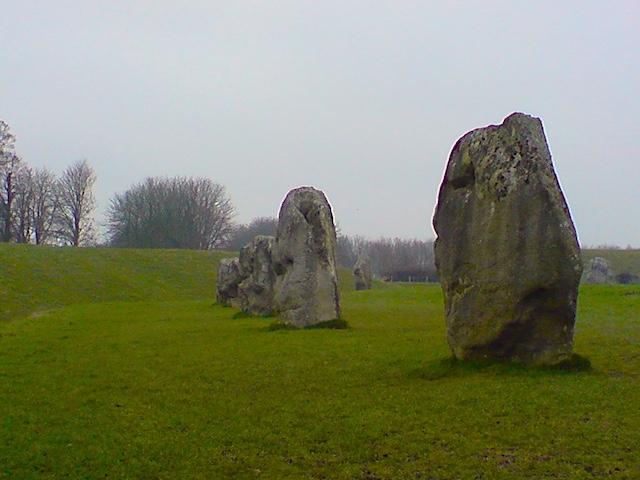

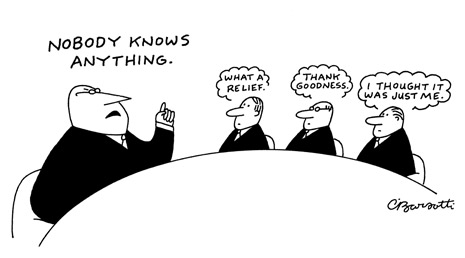

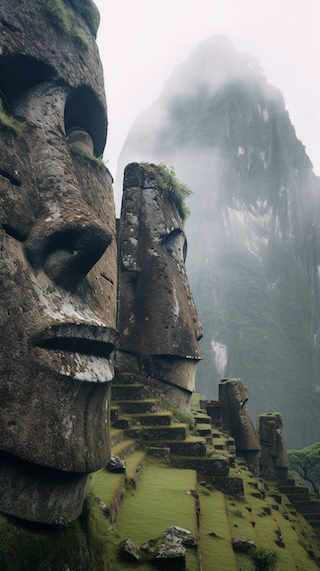 I
I


